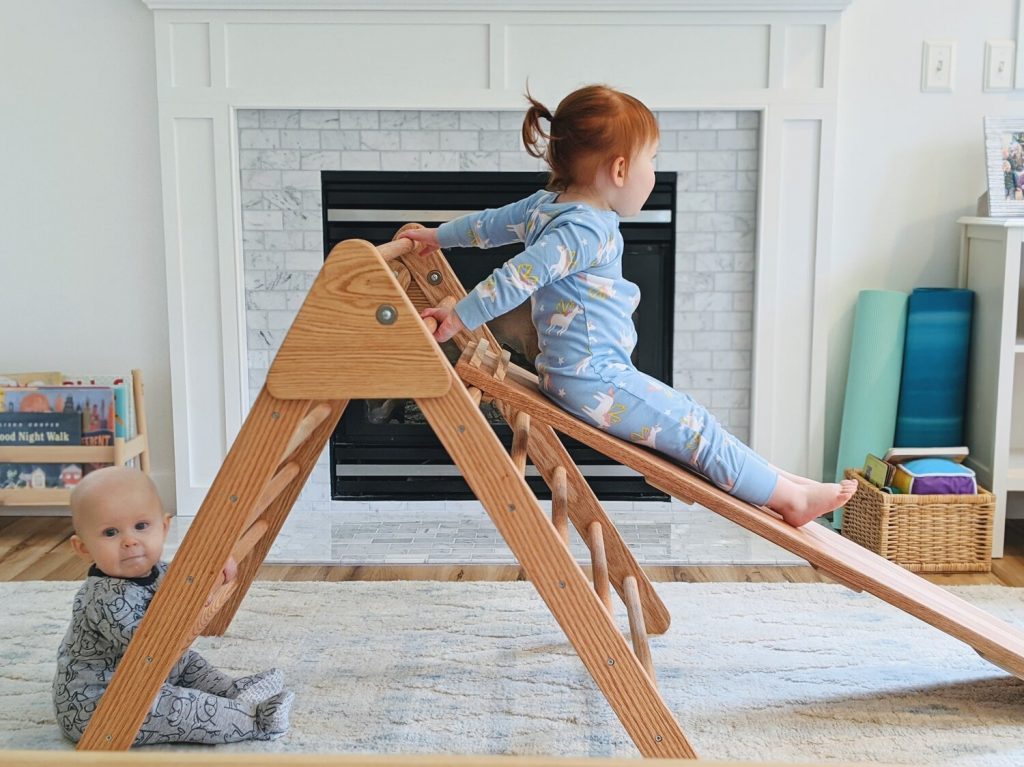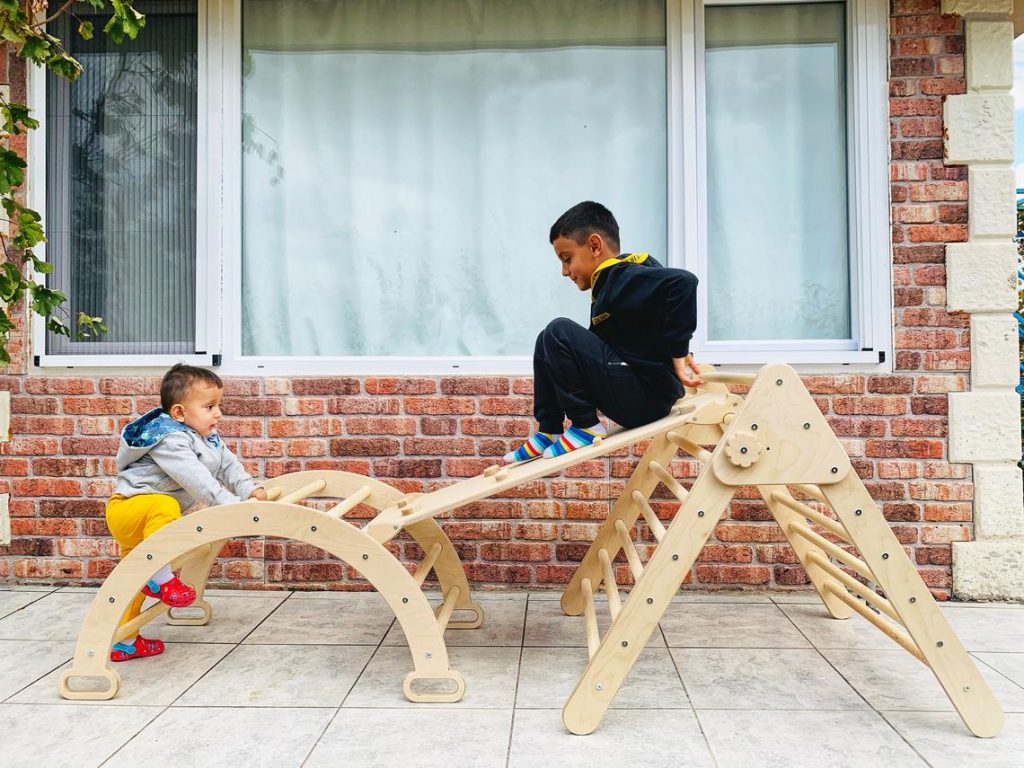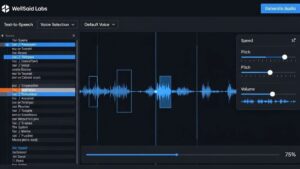Pikler’s triangle: What it is and what it is for?

The pikler triangle is a non-toxic and safe wooden toy for children, perfect for the motor development of the little ones. The triangle was developed by hungarian pediatrician emmi pikler in the 1930s. She believed that children should explore the pikler triangle on their own terms and in their own time. If they can climb it, they should be able to do it freely. This game can be used for children from 6 months to about 5 years old. Pikler’s triangle allows children to learn their fine motor skills. Keep reading: Wood baby walker
Pikler’s triangle: What it is?

Pikler’s triangle looks like a triangle on which to climb through the wooden steps, formed by sticks stuck along the sides of the structure (also made of wood) or with the addition of a ramp. The good thing about the pikler triangle is that it doesn’t need to be lifted as your child grows because it functions as the foundation upon which they can achieve their development.
For example, children can first play under it. Once ready, they can use it to pull themselves up, then proceed to climb the structure. They can use their imagination and learn new skills.
The truth is, although it is often associated with the montessori method, it has nothing to do with that method. Many classify the pikler triangle as a steiner school toy as it is an ecological, organic and open toy, but it was not invented by either rudolf steiner or maria montessori.
The original design stands approximately 85cm tall and is recommended from 10 months of age. Pikler furniture is made to specific measures developed by dr. Pikler, according to high-quality standards. Only 4 manufacturers in europe are certified to sell the pikler registered trademark.
The Advantages of Pikler’s triangle
The advantages of Pikler’s triangle are that it can be used to analyze any relationship between two variables. It can also be used to determine whether a relationship is linear, logarithmic, or exponential. In addition, Pikler’s triangle can be used to determine if a relationship is a good fit for a power law or not. This is because Pikler’s triangle can be used to determine if the data fits a linear, exponential, or logarithmic relationship.
The triangle can be used by anyone without any special training or experience. It is also easy to understand and can be explained in a few minutes. Pikler’s triangle is an excellent tool for teaching others how to calculate a simple proportion.
Pikler’s triangle is a tool that is used to help you determine which direction to take in your business. It can be used to help you determine the best direction to go in the long term, the short term, and the medium term. There are several benefits of using Pikler’s triangle. For example, the triangle helps you to: Be more efficient. Understand how to make the most out of the resources available to you. Find your niche.
Why buy it?
Babies and toddlers have a habit of climbing everything, regardless of its safety or stability. Introducing a pikler triangle at an early age, contrary to popular belief, will not encourage your toddler to become a climber, but it will allow your little one to have a safe space to develop and practice his or her fine motor skills. This isn’t just for climbing. It’s designed to support balance, creativity, coordination, and grip strength.
Usage is not based on age. It is based on the stage of development, which can vary enormously from one child to another. If your baby is still unable to walk, pikler’s triangle can be introduced as a tool to help him in the development phase of pulling himself up. If your baby has started crawling, it can be used as a safe space to encourage the first walk. As time goes by, your baby will improve his skills.
They’ll start using their imaginations and using their pikler in ways you haven’t even considered. This is the simple beauty of fine motor skills toys. There is no definite way to use them and therefore, the play options are limited only by a single child’s imagination.
Precautions
We recommend using it on a soft but sturdy surface such as a carpet or lawn. It can be used indoors or outdoors but is designed to be used with supervision. Never leave your child alone to play unsupervised. Always dry the frame if it gets wet.
These products are designed to be used with minimal adult intervention. A child will only climb or explore if he feels confident. Helping your child to climb may seem like a fun option, but it puts your child in danger of reaching goals that they are not yet ready to achieve on their own. Each child will achieve these milestones in their own time and these climbing structures are designed to assist your child regardless of their developmental abilities.
Make sure you follow the weight limit guidelines. These guidelines need to be particularly considered when multiple children play together.
Pikler’s triangle buying guide
The pikler triangle is a climbing structure for children that always arouses great interest in parents of small children: what is it for, how does it work and how to buy the safest and quality model?
This structure was conceived by dr. Emmi pikler, a hungarian pediatrician, but it also reflects the indications and philosophy behind the montessori method, who had developed an educational approach based on a respectful relationship between adult and child and on encouraging natural motor development and freedom of play and movement.
Pikler believed in the child’s innate ability to guide their own motor development and this is where pikler’s triangle comes into play. It is a structure similar to a small ladder that allows even very young children to climb, learn the boundaries, and respond to their own movement needs. Generally, the pikler triangle can be used from 6 months up to 5 years.
Pikler method
The uses and features of the pikler triangle vary according to the age of the child:
- Around 6 months of age, babies can use the triangle pegs to stand up and stand up.
- Around the age of 1 and 2, children begin to explore the structure going up and down.
When they are older, children have mastered the pikler triangle: they are able to climb to the top and descend to the other side and they will also be able to experiment with other creative uses, such as creating fortresses and different game scenarios.







